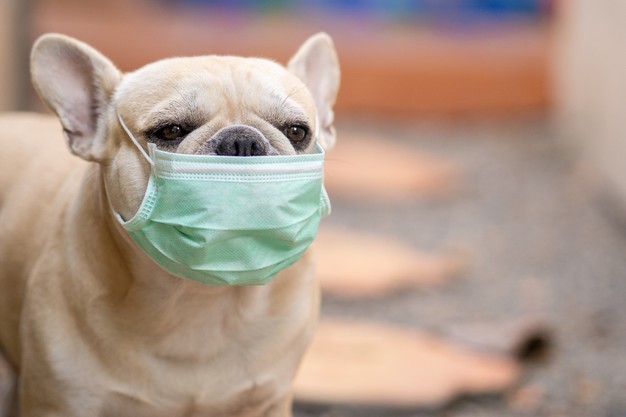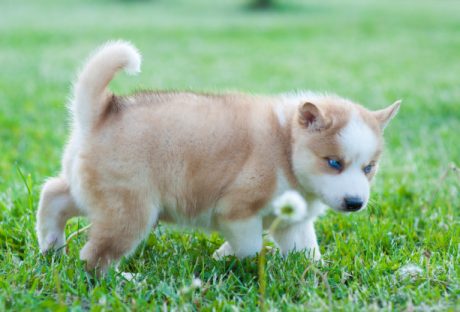What’s all this hullabaloo about grain free dog food for small dogs, you ask? We did our research to verify if it’s wrapped in mere “trend” or in scientific fact. Here’s what we’ve researched about grain-free dog chews and munchies.
1. Easy And Good For The Digestive System
Even your pups get tummy aches and discomforts. What’s worse is that owners are not urgently alerted of their pups’ digestive disorders because unlike us, they don’t get to verbalize what’s making their stomachs feel iffy.
Dogs are carnivores whose digestive systems aren’t hard-wired to break down grains. Sadly, commercialized and mass-produced dog food contains grains for fillers, as they’re accessible and cheap.
With grain free dog food, you can help reduce the risk of having your furry buddy incur gastrointestinal disease, diarrhea, gut pain, and similar gut conditions. They get to eat healthily, digest what they eat with ease, and absorb nutrients as they should.
2. Higher Nutritional Value
Connecting this phrase with that of the last statement in the paragraph before, grain-free food for your pup boasts high nutritional value. Why so? Instead of fillers and unhealthy additives, their grain-free alternatives have more quality ingredients for nutrients that your dog needs.
Additionally, grain-free dog edibles are excellent in building stronger, fuller muscles. Fuller muscles that are lean. We know that sounds ironic. And perhaps it is. Lean yet full muscles are built up with protein. More muscles than fat equal strength, resilience, and health.
It’s true that most types of healthier options are heftier on their price tags than the rest. But it will be well worth what you spend, since maintaining their overall well-being is the reward in itself.
3. No More Allergies
A lot of the additives in grain-filled dog food contain allergens. Allergens are generally non-hazardous. Having said that, they do cause allergies, even in pets. From a runny nose, blocked sinuses, watery eyes, skin flakiness, rashes, and itch, digestive disorders, excessive salivation, vomiting, swollen face, hives, and more.
By taking away grains from what your dog ingests, you’ll potentially be assisting in ensuring that they don’t suffer from uncomfortable allergic reactions. By the way, some allergic reactions such as anaphylaxis can be life-threatening. So, you won’t just be a pet owner. You’ll be a pet life-saver, too.
4. Heart Health
Who knew that most grain-free foods have significant amounts of omega-3 fatty acids? Too-high triglycerides, along with too-high cholesterol, may lead to weight gain and cardiovascular problems. And are frequently found in low-quality, grained dog chews.
But omega-3 is among the primary ingredients of their grained counterpart, and it decreases triglycerides and reduces the risk of blood clotting. It also impedes fat accumulation inside arterial walls. Talk about an all-rounder in terms of cardiovascular defense!
5. Shinier Coat And Brighter Skin
The same omega-3 fatty acids we’ve spoken of are responsible for producing shinier coats and brighter, healthier skin for dogs. They stabilize how pores secrete natural oils. Due to the fact that they’re excellent for hydration, your dog’s skin and fur will be both soft and shiny.
Not to mention how grain-free foods typically have dried vegetables as substitutes for grain. Veggies are able to shield the skin from free radicals to keep it from succumbing to cellular damage, wrinkling, and roughness.























